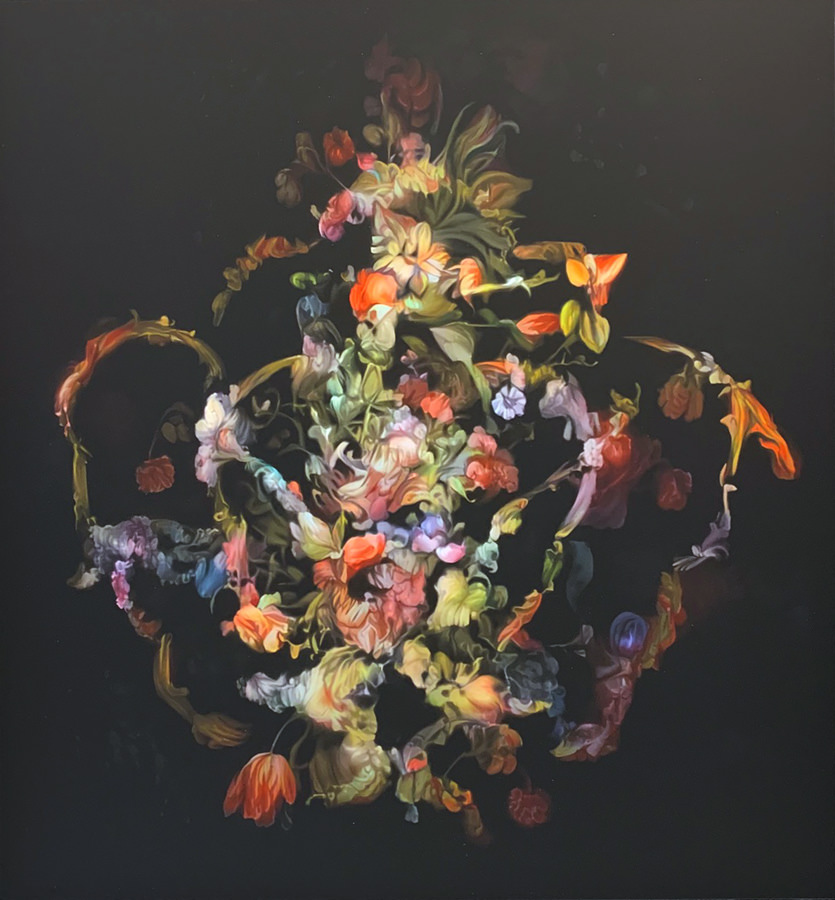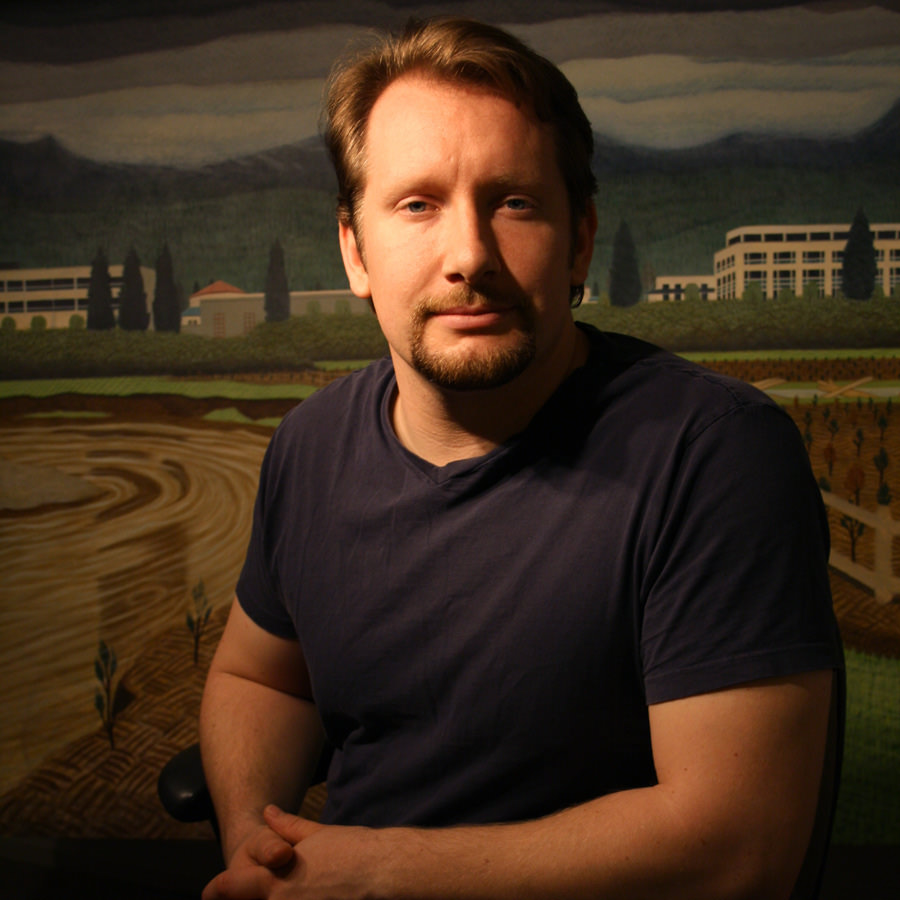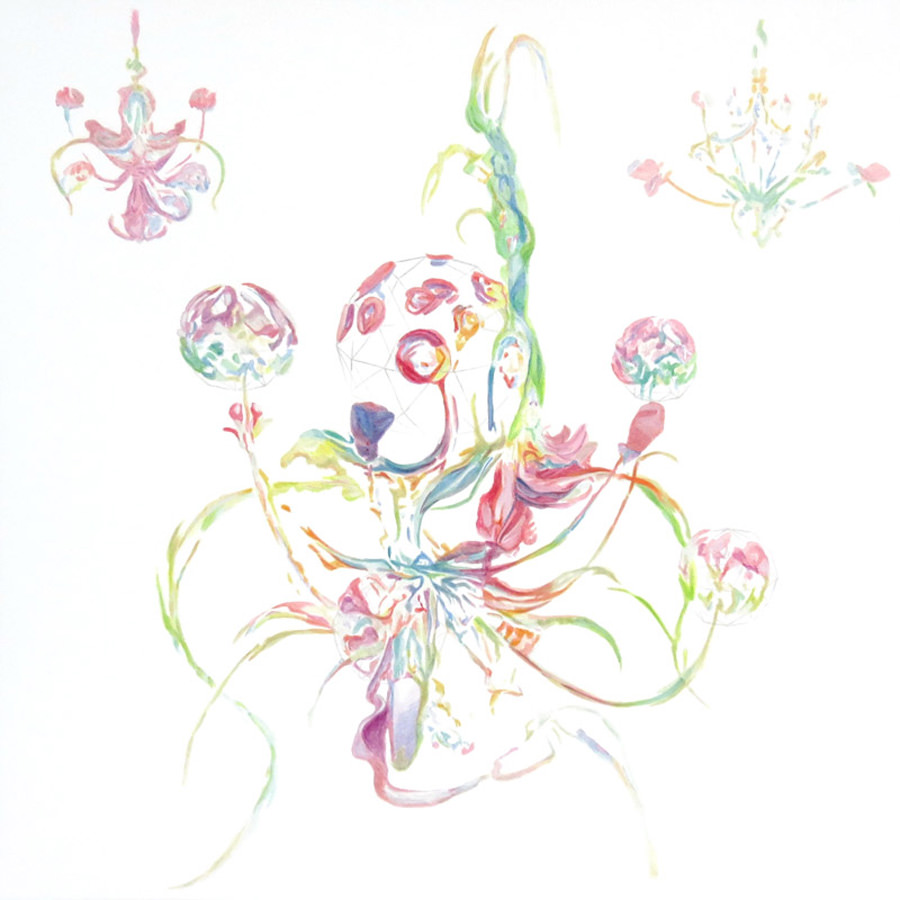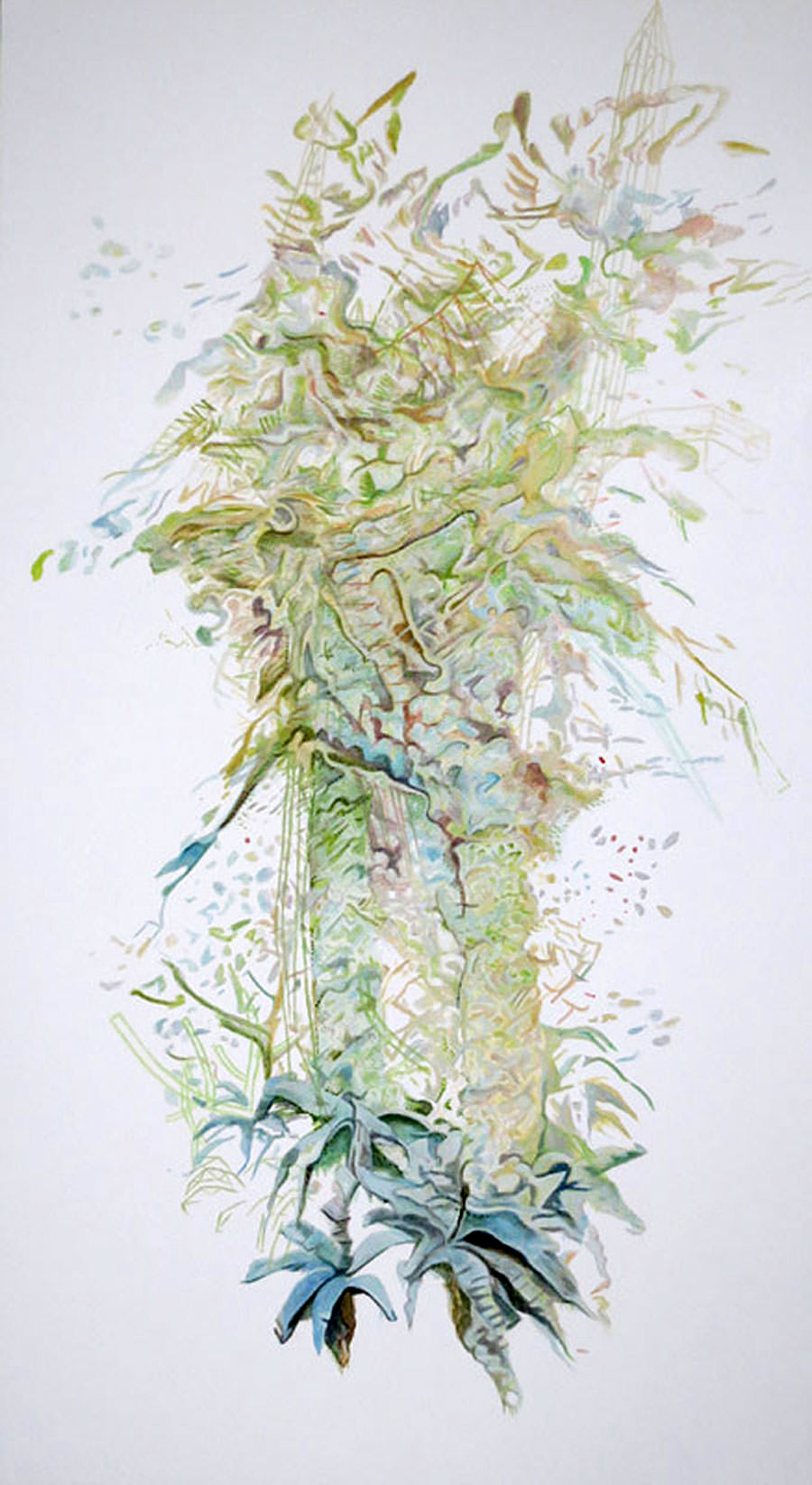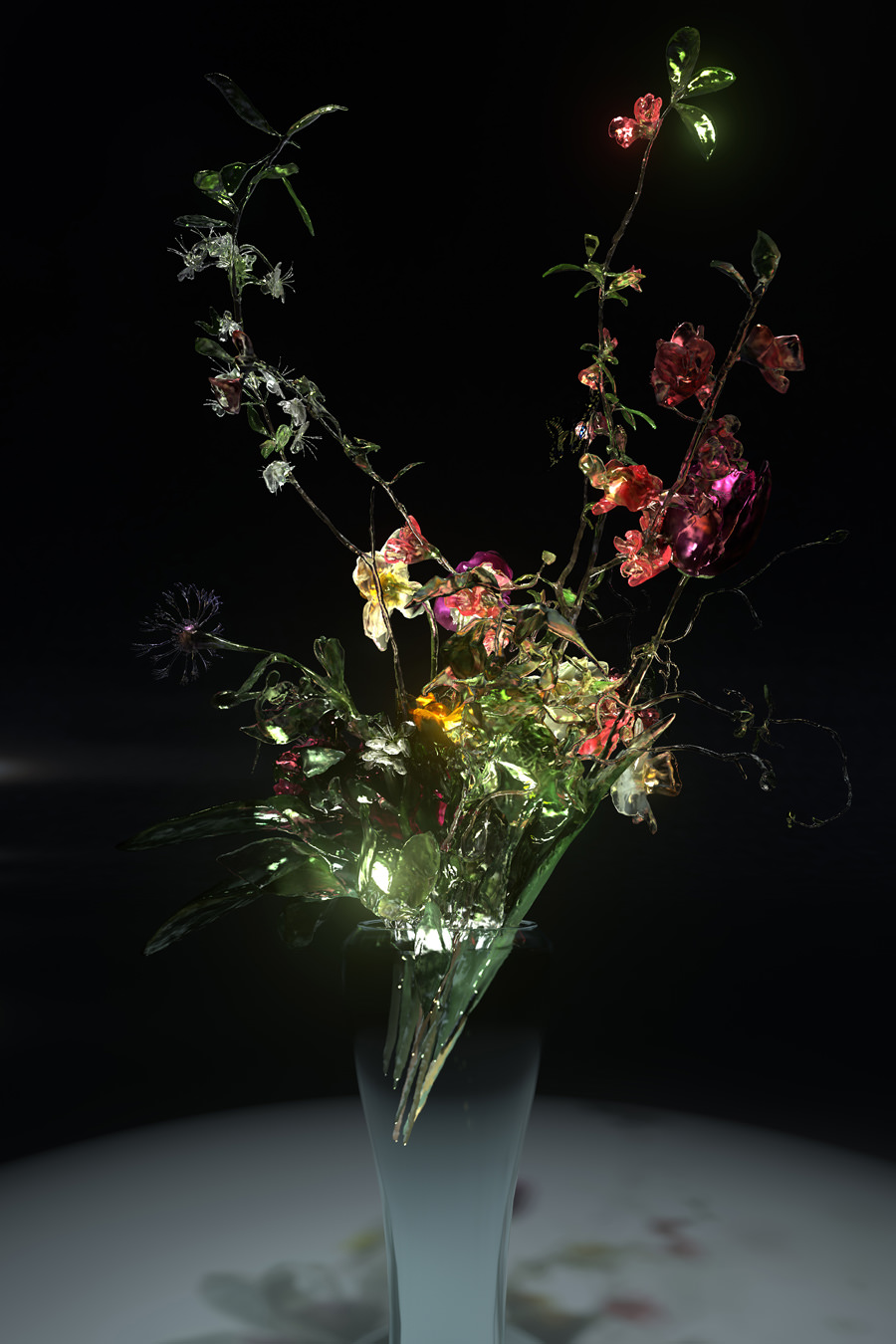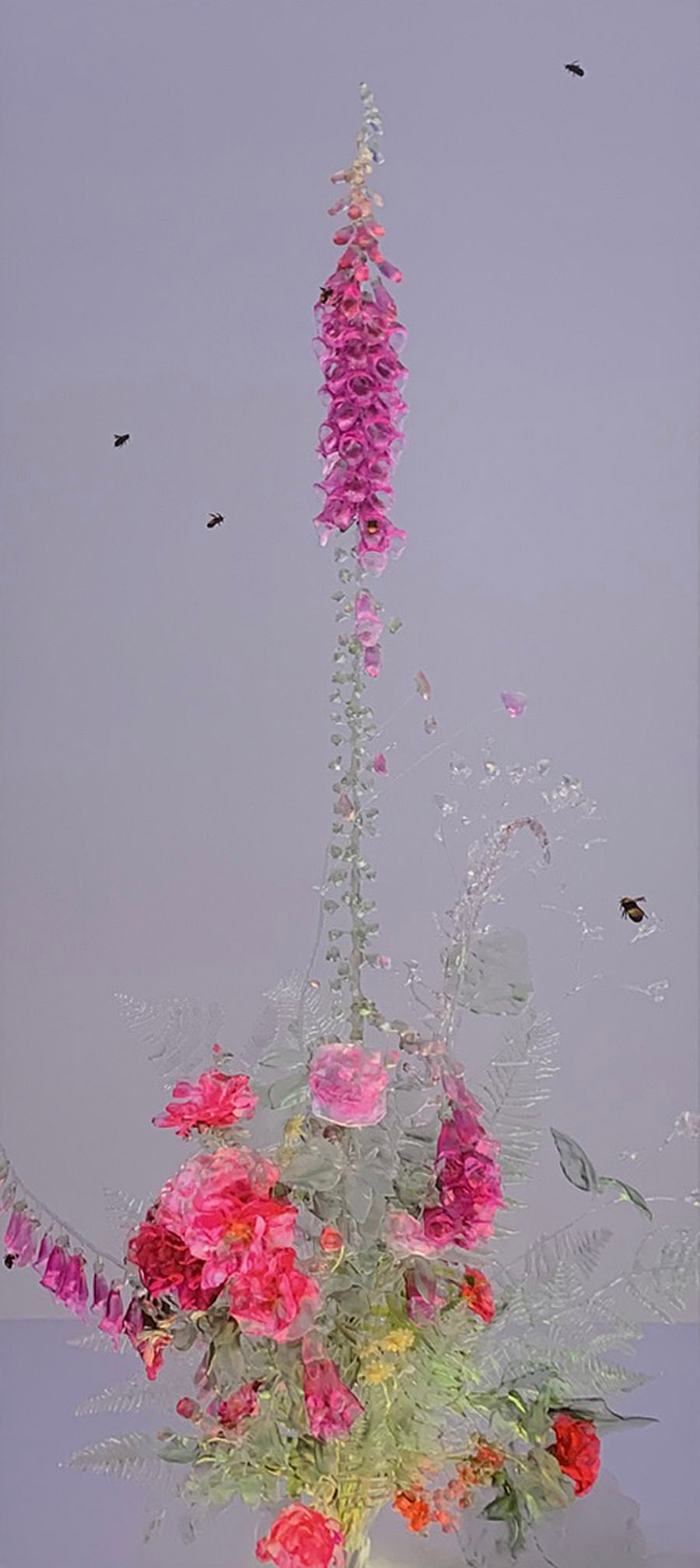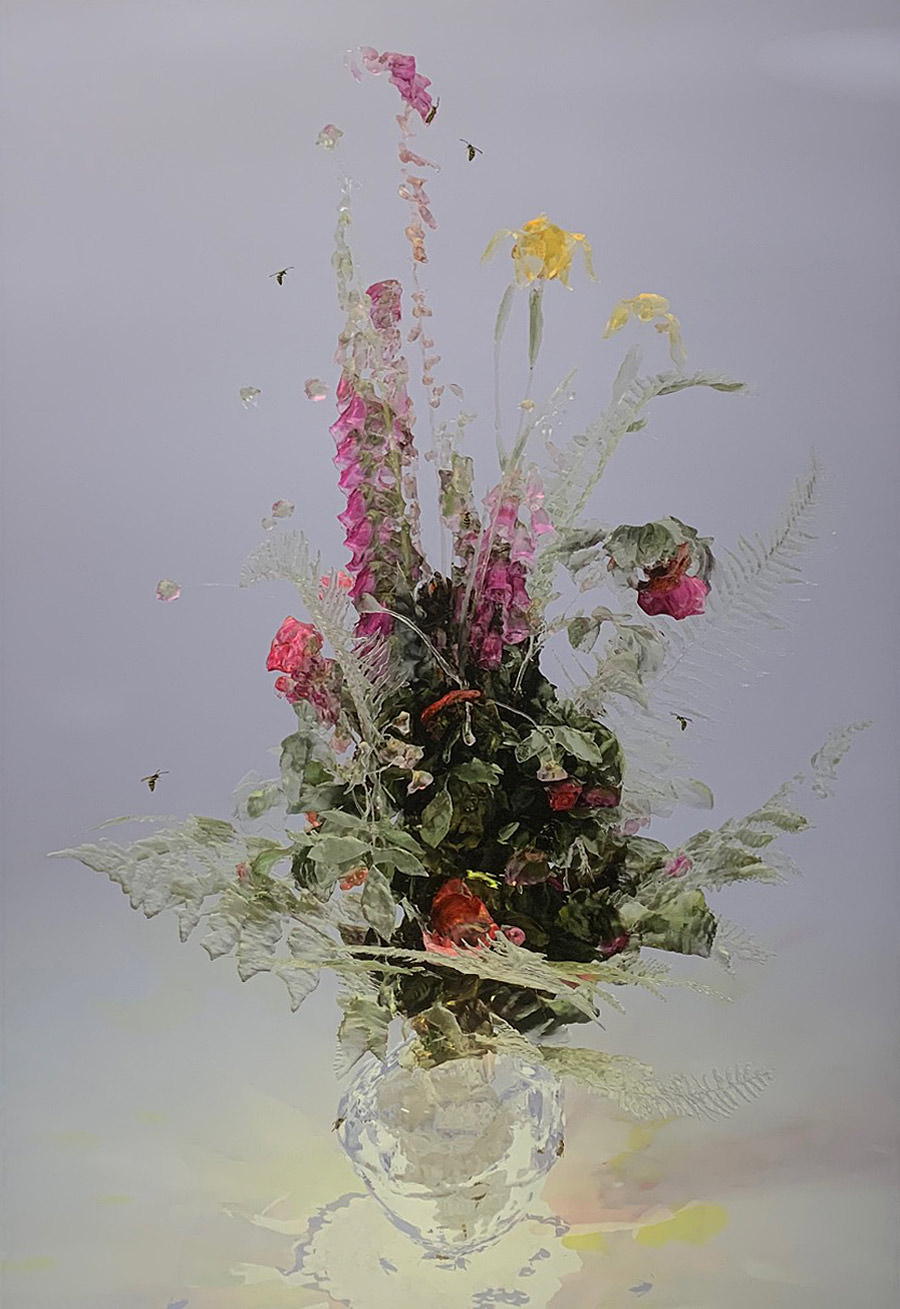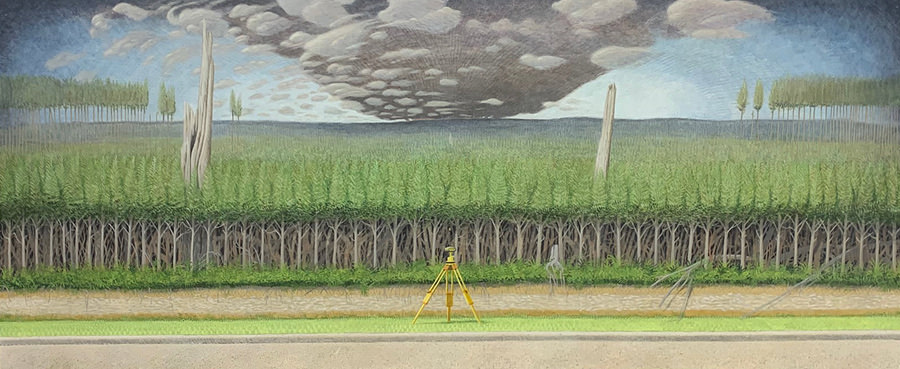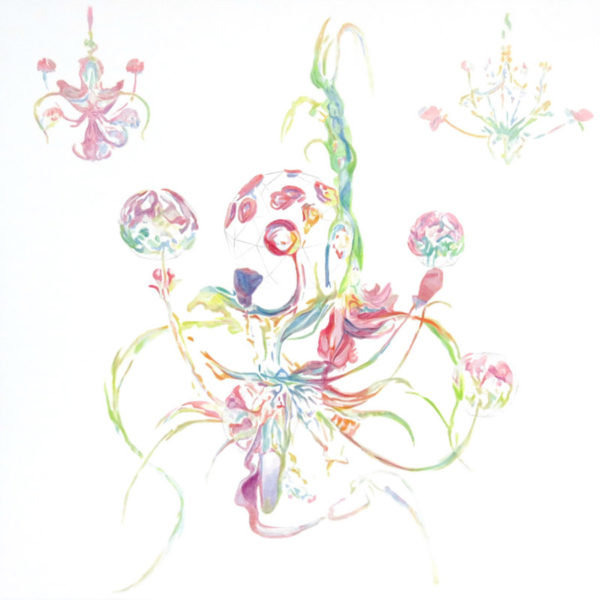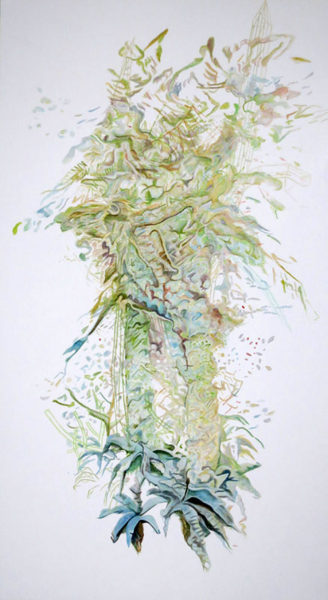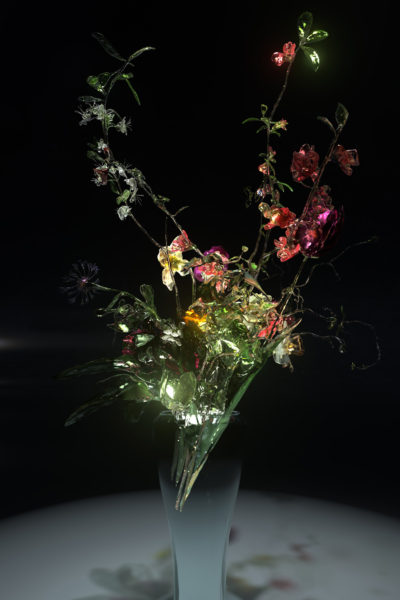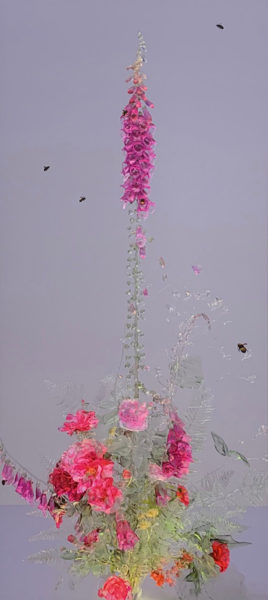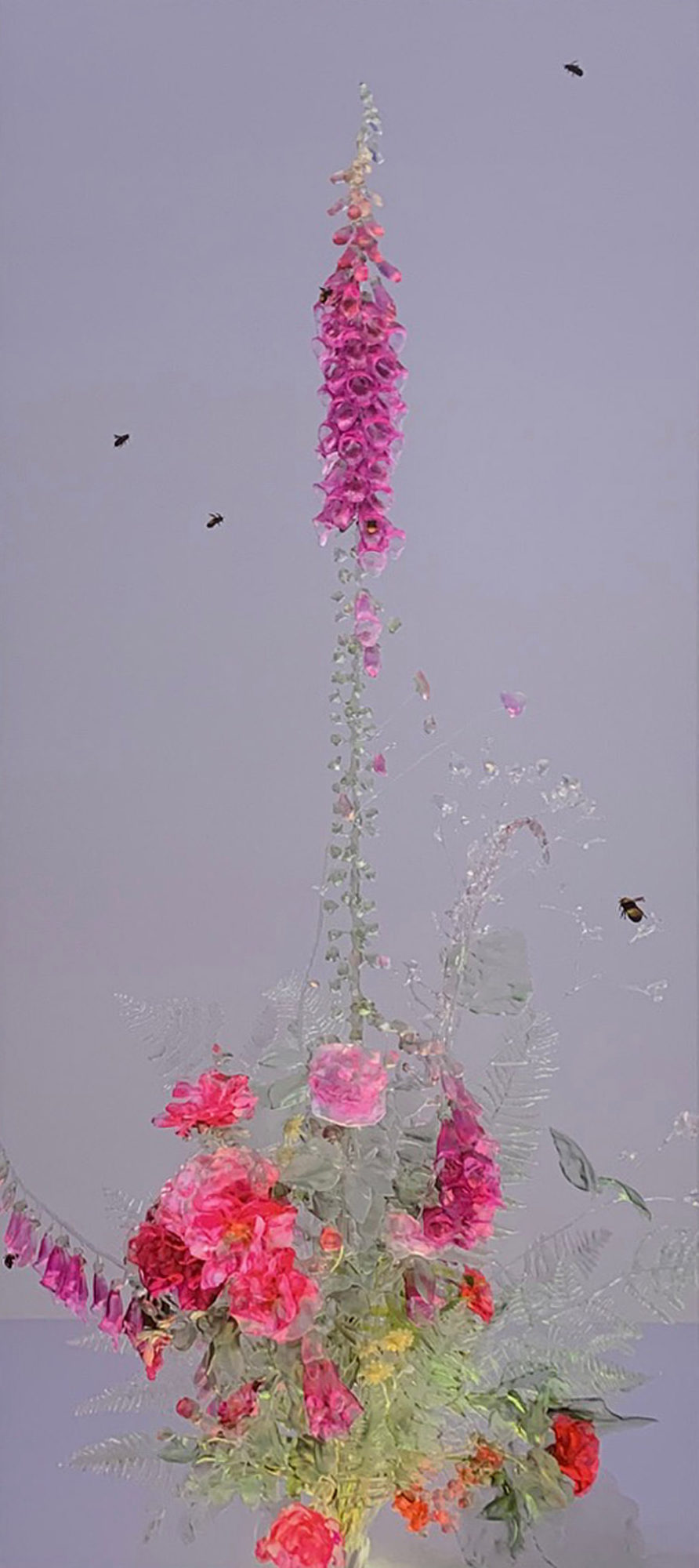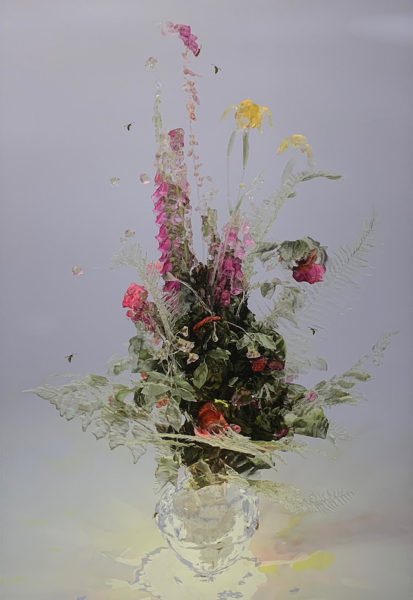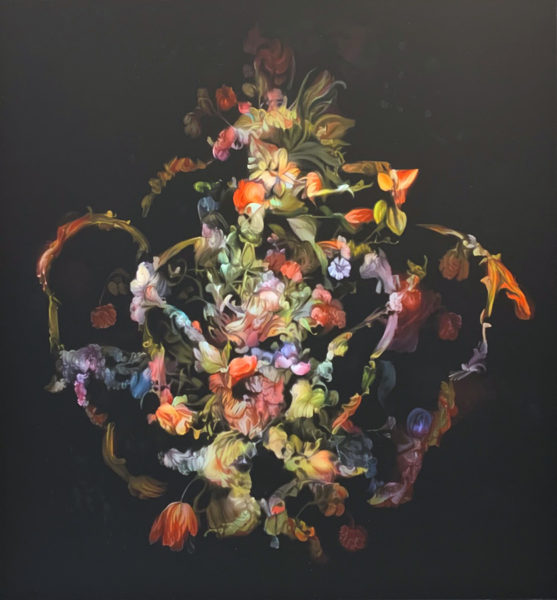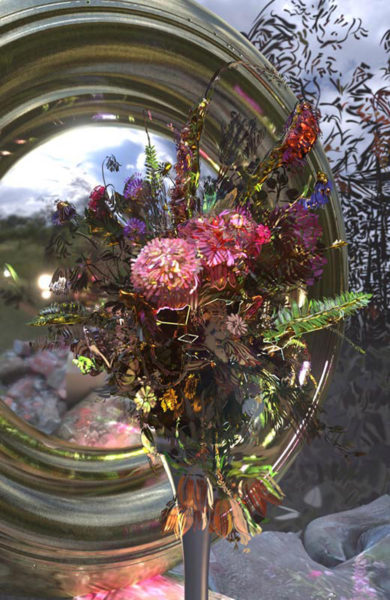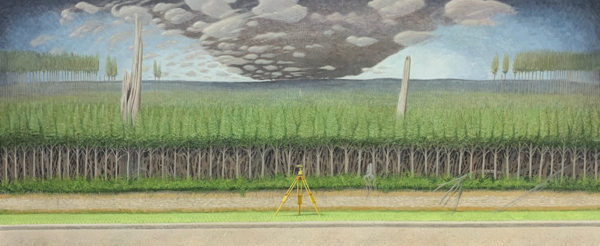About Nathan DiPietro
Nathan’s current work in digital sculpture crosses back and forth between real and virtual realities exploring the emerging medium of “virtual painting”.
Beginning with photogrammetry software, he extracts a 3D model from photographs of real-world objects and environments. This approximation of the real world is brought into a virtual reality studio to guide the creation of digital sculpture overlays comprising thousands of handmade 3-dimensional strokes. These sculptures are then composed with a variety of lighting, image projections, neon illumination, and animations to create a tenuous and complex beauty in which technological tools interpret biological natural forms.
Previous artworks had explored the integration of invasive plant species into the NW environment. Blackberries, knotweed, dandelions, and ivy blend with madronas and sword ferns in this “new Northwest landscape”. These individual plant species are deconstructed into a palette of leaves, petals, stems, and seeds for painting/construction of 3d models in virtual reality.
Nathan DiPietro received his BFA from Central Washington University in 2003. He is represented in Seattle by Woodside/Braseth Gallery. His work has been reviewed in Art in America, Art LTD, The Seattle Times, and The Stranger. He has been the recipient of a Pollock Krasner Foundation Grant, Neddy Artist Award in painting, two Art 4 Culture Special Project Grants, and an Artist Trust GAP Grant.
“I approach the landscape as if constructing a stage set, sculpting land forms and placing characters and objects with a focus on story telling. The goal is sterile beauty, the result of dominion over the environment.
My earlier body of artwork injected the idealized agrarian landscape with ritual, reenactments, and historical characters.
For Juan de Fuca Reenactment, the two Spanish ships of Juan de Fuca’s exploration of the western coast enter a small coastal residence. Recreating a landing and flag raising highlights the control imposed upon the landscape.
Geometrically exacting, rigidly built structures, be they house or tree contrast the original wilderness destination of these explorers. With nothing left to discover these inhabitants reenact history to indulge impulses left wanting.” – Nathan DiPietro
